| ~~~~~~~~~~~~~~~~~~~~~~~~~~~~~~~~~~~~~~~~~~~~~~~~
National Association of Rocketry
Educator's Newsletter
April 2019
~~~~~~~~~~~~~~~~~~~~~~~~~~~~~~~~~~~~~~~~~~~~~~~~ |
|

L
aunching Points of Light
It was a privilege that while I was in Cocoa Beach Florida attending the NARCON (NAR's annual convention) I got to watch the launch of the SpaceX Falcon rocket. Since my enthusiasm for space travel began in the sixties I've wanted to see a launch from the Cape and after many scrubbed attempts with the shuttle I finally picked a winner, although it was at two in the morning. Maybe night launches are better because you can see the flame a long time against the darkness rising into the night sky becoming a point of light. The Falcon became a moving star chasing another one called the Space Station. The flight was a great success, bringing America a little further along into getting us back into launching our own astronauts possibly within a year. You can be sure those astronauts began their journey to space by launching model rockets when they were school age. Will your students ever be astronauts? They can be if you teach them to fly!
Aim high!
Vince Huegele
NAR Education Chairman
|
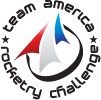 2019 Team America Rocketry Challenge (TARC)
2019 Team America Rocketry Challenge (TARC)
The TARC
http://www.rocketcontest.org/ is the world's largest rocket contest, sponsored by the Aerospace Industries Association (AIA) and the National Association of Rocketry in partnership with AAPT, DoD, NASA, and AIA member companies.
Structured to emulate the aerospace industry's engineering design process, TARC challenges teams to design and build a model rocket. A major theme for TARC 2019 was the commemoration of the 50th anniversary of the Apollo 11 lunar landing. Accordingly, it required a payload of 3 eggs, any orientation, returning along with the altimeter in a section ("the capsule") that separates from the rest of the rocket and uses 2 or more parachutes of near-identical size (read the rule details) for a flight altitude target of 856 feet and a duration target window of 43-46 seconds. No body shape or size restrictions other than the same minimum length (650mm) and maximum weight (650 grams) as always, and of course the Grade A Large eggs had to fit.
In a few days, AIA will notify the top 100 teams among the 800 who entered this year
of their status and invite them to attend the TARC Finals on May 18, 2019 at Great Meadow, The Plains, VA. Selection was based on the best qualification flight score reports submitted by teams by the deadline of April 8, 2019.
Congratulations to the Finalists, and to all the teams who achieved a successful qualification flight! Building a complex rocket and making it fly correctly is not easy; any team achieving this result successful achieved the educational goals of TARC. The challenge goal for TARC 2020 will be announced at the TARC 2019 Finals. Registration for TARC 2020 will open in September 2019.
NAR 4322 L3
TARC Manager
|
 NAR Scholarship Program, Robert L. Cannon Award, and Extracurricular Activity Grant Awards NAR Scholarship Program, Robert L. Cannon Award, and Extracurricular Activity Grant Awards
Did you know that if you are NAR member between the ages of 17 and 22 attending college or a vocational school that you may be eligible to receive a scholarship?
Are you a teacher or educator who uses model rocketry in the classroom? You are welcome to apply for a $500 grant to use in your program.
In 2001, the NAR's scholarship and Robert L. Cannon educational awards were inaugurated. Since 2010, we have awarded up to ten $500 Cannon grants and ten scholarships per year.
In 2015, a new program, the NAR Extracurricular Activity Grant (EAG) was initiated to provide up to ten $500 grants for after-school activities, such as rocket clubs, scout, Civil Air Patrol, 4-H, or NAR section programs involving model rocketry. TARC teams are not eligible for these awards.
The
deadline for applications is June 1st.
|
Interested in a Fellowship this Summer?
The IISME
Ignited Education Program places
eligible teachers of all subjects into high-performance work sites for the summer. It
is a full-time placement offering teachers the opportunity to experience first-hand what it takes to be successful in today's industry and research environments. For eight weeks, teachers are matched with a leading company, university, or research organization where they work closely with an experienced mentor to complete a real-world project. Fellows gain skills, share experiences, and develop tailored STEM curriculum to engage and inspire their students.
Teachers work for eight weeks and are paid up to $9,000 for their work: Fellows receive a
stipend of $7,000, plus up to $2,000 in Fellowship Grants.
|
Sacknoff Prize for Space History
To encourage research and writing in space history, Quest: The History of Spaceflight is offering $300 and a publishing opportunity to our upper-class undergraduate or graduate level students. If you are writing a paper on any aspect of spaceflight history, considering submitting it to [email protected]. Check out the details here--Space History. |
|
INSPIRING OTHERS
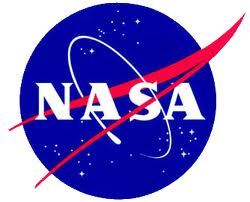 Student Programs and Projects
Student Programs and Projects
Looking for something different? Check out NASA's A-Z list of education opportunities that NASA offers throughout the year.
Amateur Radio on the International Space Station (ARISS)
Want to Talk to an Astronaut on the International Space Station?
Amateur Radio on the International Space Station (ARISS) contacts allow education audiences to learn firsthand from astronauts what it is like to work and live in space. These scheduled contact opportunities are offered to formal and informal education institutions and organizations, individually or working together. The radio contacts are approximately 10 minutes in length due to the radio communication window permitted by the logistics of orbital passes of the ISS. During the contact, students interact directly with astronauts and cosmonauts during this communication window using a question and answer format.
|
|
National
Coalition for Aviation and Space Education
AIAA Foundation Educator Achievement Award
Do you know a deserving K-12 Classroom teacher that deserves to be recognized? Honor a K-12 classroom teacher for the work they do to support the American Institute of Aeronautics and Astronautics (AIAA) in its efforts to bring "real world" STEM (Science, Technology, Engineering, and Math) to the classroom in new and exciting ways. Nominate teachers who excite and engage students through STEM content and experiences. Through this recognition, AIAA celebrates the "best and brightest" educators for inspiring students. Each award recipient will be honored at the AIAA Aerospace Spotlight Awards Gala.
A nominee may be any K-12 teacher who supports AIAA in its efforts to bring "real world" STEM experiences to students. Past recipients may not apply for this award a second time. All recipients must be or become an AIAA Educator Associate member. Preference will be given to educators who demonstrate active participation and use of AIAA resources in their classroom.
The WEX Foundation
NCASE's newest member, the WEX Foundation, was established to advance middle and high school education in Science, Technology, Engineering, and Mathematics (STEM) subjects by integrating space exploration technology with project-based learning, with the ultimate goal of creating a robust space technology workforce that will enable people to live on other planets.
The Foundation's focus is to promote science, technology, engineering, and mathematics (STEM) education for K-12 curriculum development; improving STEM teaching and student comprehension in school districts and areas where students have been traditionally under-served and under-represented in institutions of higher education; to prepare and encourage low-income, first-generation college-bound students and students with disabilities to pursue higher education and careers in human space exploration.
One of the goals for the Foundation this year is to get one of their student science instruments on one of the commercial lunar landers NASA has recently contracted with to provide delivery services to the moon through their CLPS program. "Having our proposal selected as one of the science instrument payloads would be a major achievement for us," said Ximenes.
Students can be involved in a number of programs at WEX including Lunar Caves Analog Test Sites (LCATS) and Lunar Ecosystem and Architectural Prototype (LEAP2). LCATS is a NASA funded Space-STEM learning curriculum. The LCATS program environment engages a pipeline of motivated middle and high school students selected from San Antonio, Texas area school districts to assist aerospace professionals solve real-world space exploration technology development challenges through investigations of science experiments, space exploration mission operations, technology development, and habitability system architectures for Space-STEM learning performance.
Check out the WEX Foundation website!
Subscribe
to the NCASE
Monthly Newsletter and find out what
thousands of young people and educators are doing!
|
 4-H
4-H
Uses Model Rocketry for Science, Technology, Engineering and Math
(STEM)
Rocketry is one of the most enjoyable projects 4-H has to offer. 4-H and the National Association of Rocketry have formed a
partnership to help students learn about model rocketry and STEM.
Delaware County and Pennsylvania State University
Delaware County 4-H, for example, provides
Rocketry School Enrichment and After School Enrichment Programs that help students meet Pennsylvania Academic Standards in science. 4-H project books are available for Delaware County, Pennsylvania classroom teachers, home school families, and after school clubs to use with students.
|
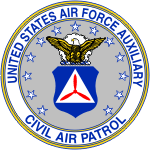 Civil Air Patrol (CAP)
Civil Air Patrol (CAP)
Promotes and Supports Aerospace Education
CAP educational programs (for its own members and the general public) help prepare American citizens to meet the challenges of a sophisticated aerospace society and understand its related issues. CAP and the national Association of rocketry have formed a partnership to help students learn about model rocketry and STEM.
National Standards-based Products
CAP offers national standards-based educational products, including a secondary textbook, Aerospace: The Journey of Flight, and the middle-school-level Aerospace Dimensions. Aerospace Education Members can get classroom materials and lesson plans from CAP. |
|
Estes
It's spring...the prime time for model rocketry at schools
! Estes Educator works with many educators daily, getting lots of calls and emails from teachers and youth group leaders who have never built and launched a model rocket but who want to do that with their students. Can you guess the two questions first-time rocketry teachers ask the most? They are "How do I get started
teaching model rocketry?" and "What materials do I need to teach model rocketry?" These questions can be answered in
13 steps. And don't forget to check out their new
downloadable iPhone app!
Help NASA find new disks, homes of extrasolar planets, by classifying images from NASA's Wide-field Infrared Survey Explorer telescope and other observatories. In this citizen science project, you'll view animated images of disk candidates and classify them, distinguishing good candidates from galaxies, asteroids and image artifacts.
|
Wallops Rocket Academy for Teachers and Students (WRATS)
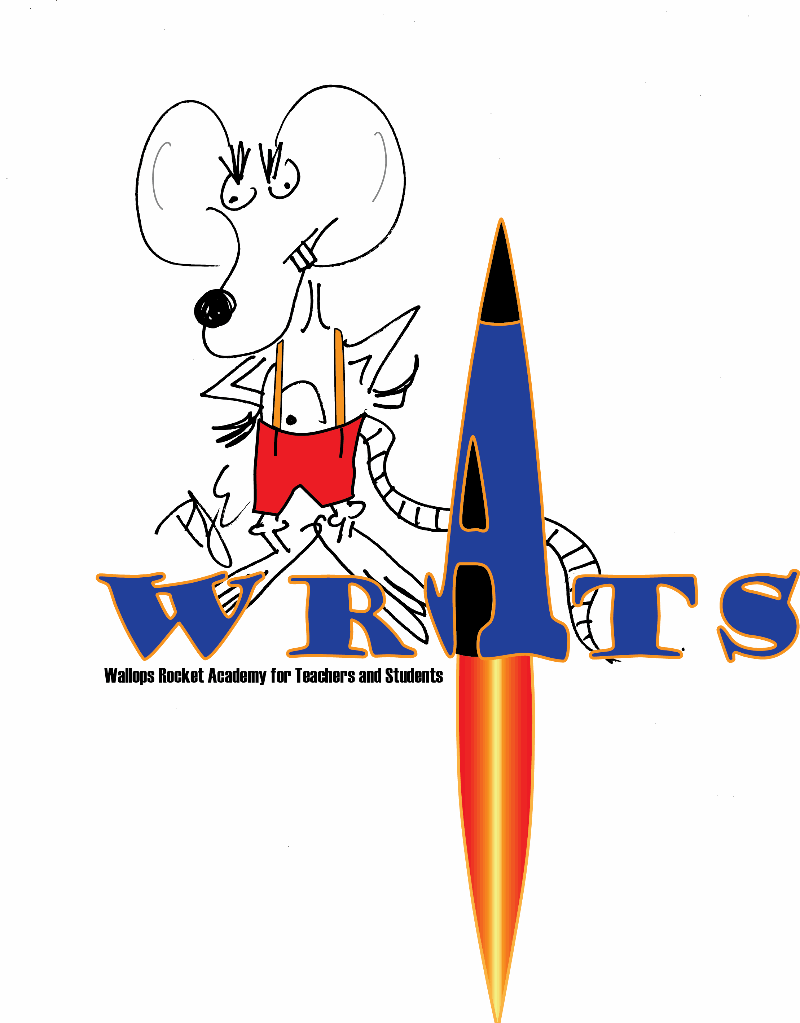
It's time to sign up for WRATS! The Wallops Rocket Academy for Teachers and Students (WRATS) provides high school educators with a technical flight experience that will reinforce science, technology, engineering and mathematics (STEM) concepts. WRATS offers an authentic, hands-on rocketry experience based on NASA's sounding rocket engineering and science data collection. WRATS will be held at NASA GSFC Wallops Flight Facility, June 18 - 22, 2018. Teachers interested in attending WRATS should contact Linda Sherman, by email at [email protected].
Summer Engineering Expedition
Founded in 2018 by Tracy Furutani and Denise Draper,
Summer Engineering Expeditions is headquartered in Lake Forest Park, Washington.
Their Rocket Science 2019 program brings together talented high school juniors and seniors for a unique science & engineering experience. You will work in teams to build and launch a high-power rocket equipped with a sensor and analyze the resulting data to make discoveries about the land around you. Math, physics and engineering for rocketry; geodesy, GIS and analytics for data. It all comes together in one comprehensive project. A cross-disciplinary, hands-on approach sets us apart from other pre-college summer programs. They focus on learning by doing.
Need more information? You can contact them at:
| email: |
i[email protected] |
| address: |
4630 NE 178th St
Lake Forest Park, WA 98155 |
| phone: |
866-611-6022 |
|
RocketSTEM: Inspiring the Next Generation of Explorers 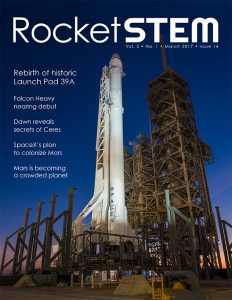
RocketSTEM Media Foundation is a private, not-for-profit organization established for the purpose of fostering science, technology, engineering and mathematics (STEM) education through the promotion of space exploration.
RocketSTEM Media Foundation was established in 2012. Based out of Pensacola, Florida, the organization has volunteers located throughout the United States, England and several other countries.
RocketSTEM's goals are to:
- Inspire the next generation of scientists, engineers and astronauts.
- Keep educators informed on space developments and help them better work STEM lessons into their classrooms.
- Raise awareness of the benefits of space exploration.
- Encourage international cooperation in space exploration.
Their first project is the publication of a RocketSTEM magazine with content geared towards teachers, students and parents as well. The publication blends space history - past, present and future - with interviews, career paths, astronomy lessons, aerospace and astronomy news, museum features, NASA technology spinoffs, and educational resources; along with explanations of the mathematics and physics of all things to do with aerospace and space travel.
As well as being free to read online, or to
download as a PDF
, we also hope to eventually make the magazine available as a multimedia enhanced app for tablets and smartphones.
While focused on development of the magazine at the present time, future plans include the creation of a set of lesson plans to be used by teachers at each grade level. RocketSTEM also has plans to endow a scholarship fund for college students pursuing aerospace studies, and for younger students wishing to attend Space Camp in Alabama or the National Flight Academy in Florida.
|
 NASA Makes Finding Teaching Materials Easy
NASA Makes Finding Teaching Materials Easy
NASA's
Education Materials Finder will help teachers locate resources that can be used in the classroom. Users may search by keywords, grade level, product type and subject. With hundreds of publications and Web sites indexed, the finder is the best way to locate NASA educational resources.
NASA's Adventures in Rocket Science Educator's Guide
This guide contains 25 activities designed for 4-H Clubs, Boys and Girls Clubs, Boy Scouts, Girl Scouts, after-school programs, and other informal education venues. Participants learn about the history and principles of rocketry and NASA's newest rockets -- Ares I and Ares V. While doing these hands-on activities, participants also learn about Hero Engines, parachutes and surface area, altitude tracking, and Newton's Laws Of Motion. Learners can also build four types of rockets and two types of egg drops. Take a look at the
Adventures in Rocket Science Guide!
US Space and Rocket Center
The first moon landing occurred on July 20, 1969, on the Apollo 11 mission. An estimated 530 million people watched Armstrong's televised image and heard his voice describe the event as he took "...one small step for a man, one giant leap for mankind."
Apollo 11 launched from Cape Kennedy on July 16, 1969, at 9:32 a.m. EDT, carrying Commander Neil Armstrong, Command Module Pilot Michael Collins and Lunar Module Pilot Edwin "Buzz" Aldrin on top of a Saturn V rocket. The Saturn V rocket was 111 meters (363 feet) tall, about the height of a 36-story-tall building. Fully fueled for liftoff, the Saturn V weighed 2.8 million kilograms (6.2 million pounds), the weight of about 400 elephants and generated 34.5 million newtons (7.6 million pounds) of thrust at launch, creating more power than 85 Hoover Dams.
Huntsville, Alabama, also known as the "Rocket City," is home to
NASA's Marshall Space Flight Center
, where the Saturn V was developed.
The launch of Apollo 11 brought the world closer together in a moment of celebration for mankind's monumental achievement, and 50 years later, Huntsville and Space Camp want your help bringing the world together again to celebrate another awe-inspiring launch-YOUR launch! Join in the worldwide celebration of the 50th anniversary of the Apollo 11 launch on July 16, 2019 by launching your own rocket! All types of rockets are welcome, and no launch is too small so start spreading the word and get ready to celebrate!
Sign up today
and get ready to countdown to July 16, 2019!
|
 National Association of Rocketry (NAR) offers Teachers and Youth Group Leaders Resources
National Association of Rocketry (NAR) offers Teachers and Youth Group Leaders Resources
The NAR offers
Free Resource downloads produced by members who have helped teachers and youth group leaders like yourself all over the United
States. Check these out and see if any match what you had in mind for your course!
|
 Civil Air Patrol Civil Air Patrol
Aerospace Library
Dedicated to promoting and sharing Aviation, Air Force, CAP & NASA History, the folks at the Civil Air Patrol have put together a fantastic library of rocketry resources! Check it out!
Aerospace/STEM Education Products
|
|
| |
| Space History April 2, 1915: President Woodrow Wilson appointed the first 12 members of the National Advisory Committee for Aeronautics (NACA). Twenty one days later, on April 23, the Secretary of War called the first meeting in his office. Brig. Gen. George P. Scriven, Chief Signal Officer, was elected temporary chairman, and Dr. Charles D. Walcott, secretary of the Smithsonian Institution, was elected first chairman of the NACA Executive Committee.
April 4, 1930: David Lasser, G. Edward Pendray, Fletcher Pratt and nine others founded The American Interplanetary Society, later the American Rocket Society (ARS), in New York City to promote interest in and work toward interplanetary expeditions and travel.  April 1, 1945: The U.S. Army fired the first of 17 Jet Propulsion Laboratory Private F rockets at Hueco Range at Fort Bliss, Texas as part of its historic Ordnance/CIT ballistic rocket program. April 1, 1945: The U.S. Army fired the first of 17 Jet Propulsion Laboratory Private F rockets at Hueco Range at Fort Bliss, Texas as part of its historic Ordnance/CIT ballistic rocket program.
April 4, 1960: Frank D. Drake initiated Project Ozma using the 85-foot Howard E. Tatel Radio Telescope at the National Radio Astronomy Observatory at Green Bank, W. Va. It was the first systematic attempt to detect artificial radio signal patterns from nearby stars. After 150 hours of listening, the project returned no evidence. However, Project Ozma was the precursor for many more, increasingly sophisticated searches which continue today.
April 6, 1965: The United States launched Intelsat I, the first commercial communications satellite, into geostationary orbit. Also called "Early Bird," the satellite provided the first scheduled transoceanic television service and was operational for 3.5 years. 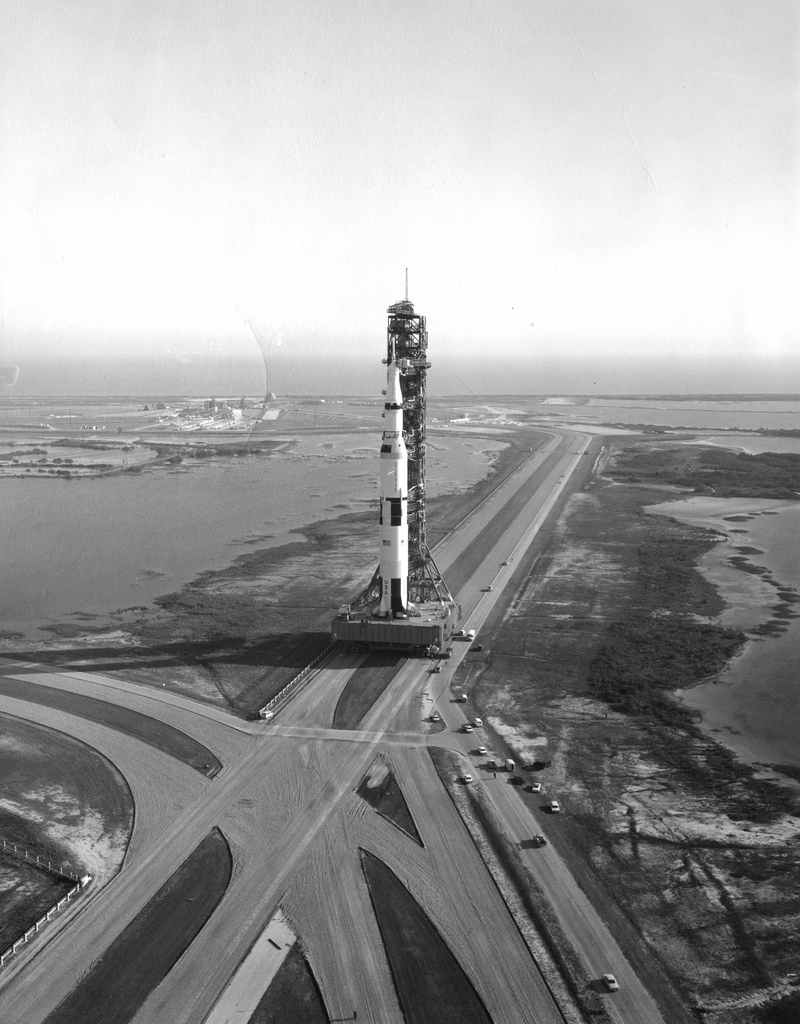 April 11-17, 1970: NASA launched Apollo 13 via a Saturn-V rocket. About 56 hours into the flight, an oxygen tank in the Apollo service module exploded and damaged several of the systems, including life support. People throughout the world watched, waited and hoped as NASA personnel on the April 11-17, 1970: NASA launched Apollo 13 via a Saturn-V rocket. About 56 hours into the flight, an oxygen tank in the Apollo service module exploded and damaged several of the systems, including life support. People throughout the world watched, waited and hoped as NASA personnel on the 
ground and the Apollo crew worked together to find a way safely home. Astronauts Jim Lovell, Fred Haise and Jack Swigert used the lunar module as a lifeboat before returning to the control module for reentry. After a dramatic period of innovative recalculation at Mission Control Center at NASA's Kennedy Space Center inHouston, Texas, the crew returned safely six days later.
April 26, 1980: The U.S. Department of Defense launched the NavStar 6 navigation satellite via Atlas F rocket from Vandenberg Air Force Base in California. The NavStar Global Positioning System (GPS) is a radio-positioning system of satellites providing navigation and timing information to military and civilian users across the globe.
April 29, 1985: NASA launched the space shuttle Challenger (STS-51B) from Kennedy Space Center, Fla. It was the first operational flight for the Spacelab orbital laboratory series developed by the European Space Agency (ESA). The orbiter made its first crosswind landing at Edwards Air Force Base in California at the end of this mission.
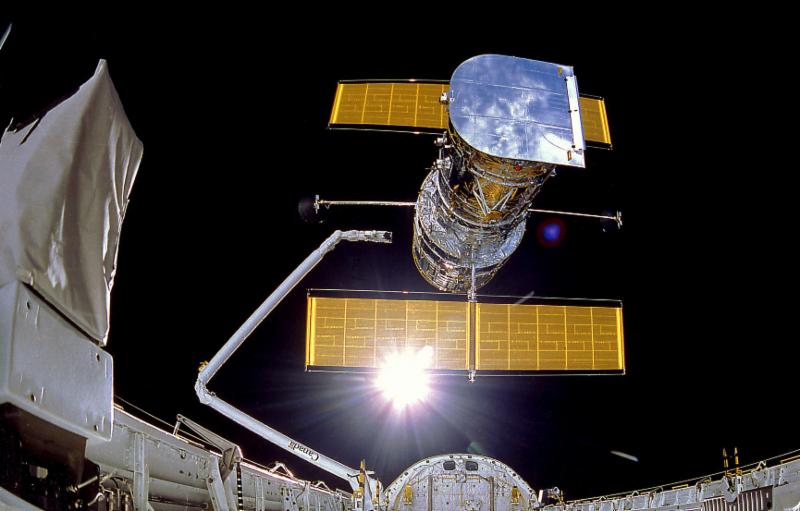 April 24, 1990: NASA launched the Hubble Space Telescope on space shuttle Discovery (STS-31). Soon after launch, controllers found the telescope was flawed by a mirror defect only 1/25th the width of a strand of human hair. Scientists found a way to work around it using computer enhancement, and engineers planned a shuttle repair mission to fully correct it. Hubble has made many important astronomical discoveries, including generating images of galaxy M87 and providing evidence of a potentially massive black hole. April 24, 1990: NASA launched the Hubble Space Telescope on space shuttle Discovery (STS-31). Soon after launch, controllers found the telescope was flawed by a mirror defect only 1/25th the width of a strand of human hair. Scientists found a way to work around it using computer enhancement, and engineers planned a shuttle repair mission to fully correct it. Hubble has made many important astronomical discoveries, including generating images of galaxy M87 and providing evidence of a potentially massive black hole.
April 3, 1995: NASA launched the MicroLab 1 mini-satellite on a Pegasus rocket carried aloft by an L-1011 aircraft flying out of Vandenberg Air Force Base in California. The mini-satellite carried meteorological experiments designed to track lightning and to provide detailed temperature and moisture profiles across the globe. Data from this mini-satellite has shown more than 1.2 billion lightning flashes occur around the world every year, with more lightning strikes occurring over land masses than over the oceans.
April 4, 2000: Russia launched Soyuz TM-30 from The Baikonur Cosmodrome in Kazakhstan on the last Soyuz mission to the 14 year-old Mir space station. Cosmonauts Zalyotin and Kaleri reactivated the uninhabited station and used two Progress spacecraft to raise the station's orbit. Prior to this mission, Mir's orbital plane was only around 120 degrees away from the International Space Station, making transport between the two stations impossible.
April 15, 2005: Russia launched Soyuz-TMA 6 from The Baikonur Cosmodrome in Kazakhstan carrying the Expedition 10 crew to the International Space Station. The crew included three astronauts; Sergei Krikalev (Russian), John Phillips (American) and Robert Vittori (Italian.) During the mission, Krikalev broke the record for total time in space.
|
 Quick Links... Quick Links...
~~~~~~~~~~~~~~~~~~~~~~~~~~~~~~~~~~~~~~~~~~~~~~~~
|
|
| |
|